Dollars and Sense: The Economics of Violence Against Women
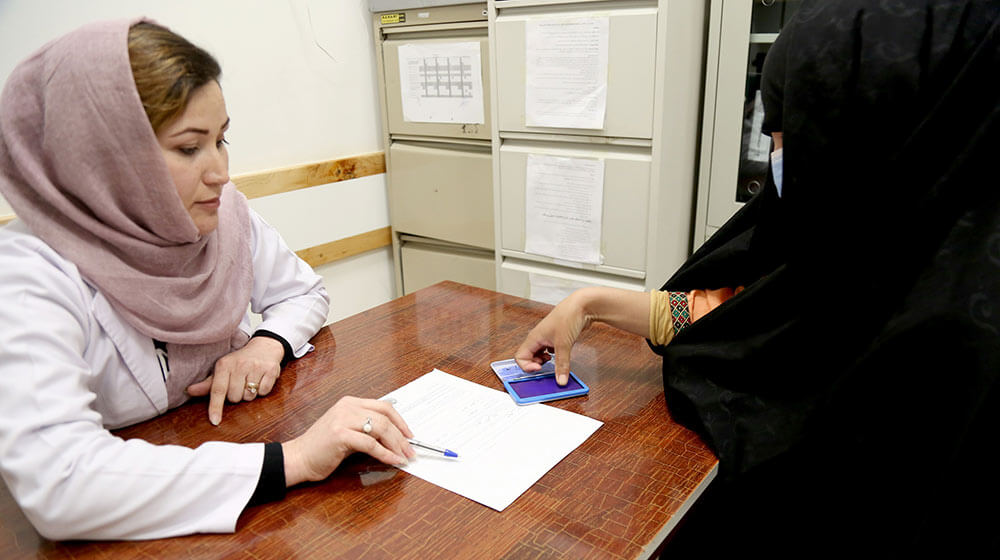
Last week, Representative Alexandria Ocasio-Cortez shared that she is a survivor of sexual assault. She also explained how that trauma has stayed with her and compounded over time. Sadly, far too many women know exactly what Rep. Ocasio-Cortez is talking about.
1 in 3 women will experience violence at the hands of a family member or intimate partner in her lifetime. And, by all accounts, violence against women and girls has risen dramatically during COVID-19 lockdowns and quarantine measures.
Compounded Trauma
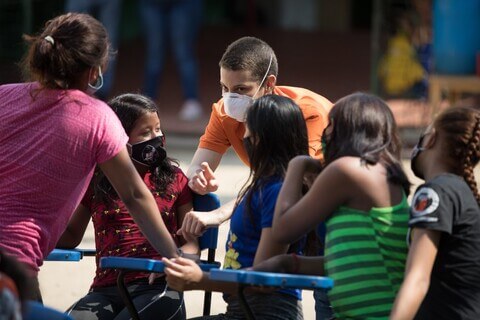
Trauma from violence, whether it is physical, emotional, sexual, or economic violence, can stay with survivors for a long time. Repeated exposure to traumatic events can cause even further issues. For Rep. Ocasio-Cortez, the riot at the United States Capitol Building on January 6 brought back the same feelings of fear and helplessness she felt during her sexual assault.
She explains, “When we go through trauma, trauma compounds on each other. And so, whether you had a negligent or a neglectful parent, and — or whether you had someone who was verbally abusive to you, whether you are a survivor of abuse, whether you experience any sort of trauma in your life, small to large — these episodes can compound on one another.”
Psychology agrees with Rep. Ocasio-Cortez. In an interview with USA Today, clinical psychologist Seth Gillihan said, “Trauma isn’t processing ‘sexual assault’ or ‘Capitol assault.’ What it is processing is an overwhelming sense of danger, of feeling powerless, feeling my life is out of my hands. From an outsider’s perspective the sources look different, but inside our bodies and minds it’s exactly the same message.”
Decreased Opportunities as a Result of Violence
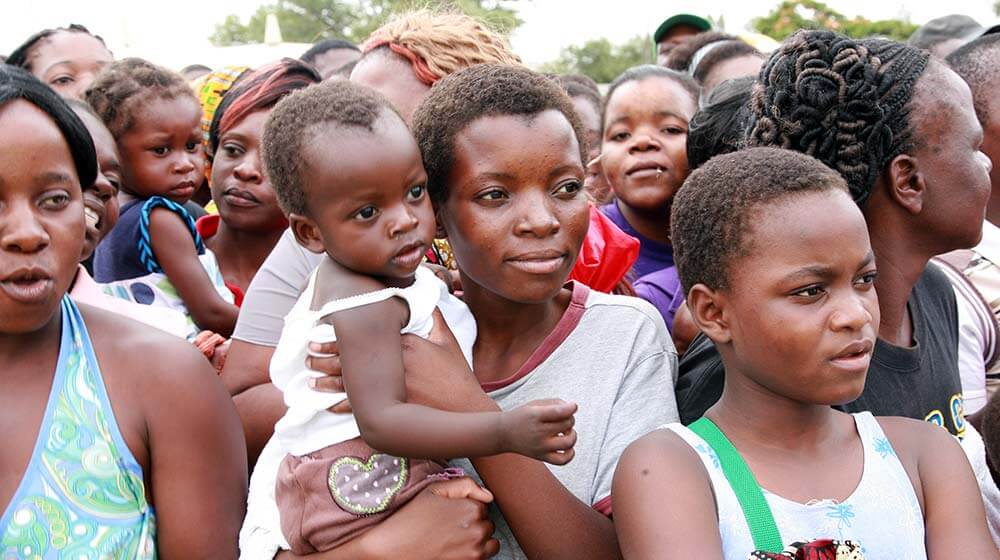
Gender-based violence can happen to any woman, regardless of her class, age, race, ethnicity, religion or ability. But when it happens, women and girls universally experience obstacles to education or employment opportunities.
Girls who experience violence at the hands of a teacher, classmate, or coach may avoid their abuser by not going to school. Decreased education often leads to decreased economic prospects. Similarly, women who experience violence from a supervisor, client, or colleague may leave their jobs or the job market altogether out of fear that the abuse will continue.
In the United States, which has better protections against gender-based violence than most countries, 39% of violence survivors experience violence in the workplace. This number could be higher in places with fewer protections. Further, women and girls in abusive situations at work or school may not report the abuse out of fear that if they speak up, they will not be taken seriously and will face negative consequences.
Survivors of violence face intense obstacles to attending school or going to work. The Atlantic reports that in the United States about 60% of survivors of violence lose their jobs as a direct result of the abuse. That certainly leads to decreased economic opportunities for women. When women lose their job or are prevented from obtaining their education, they often become financially dependent on their partners. This may lead some women to endure the abuse instead of risk homelessness or hunger.
The Cost of Violence
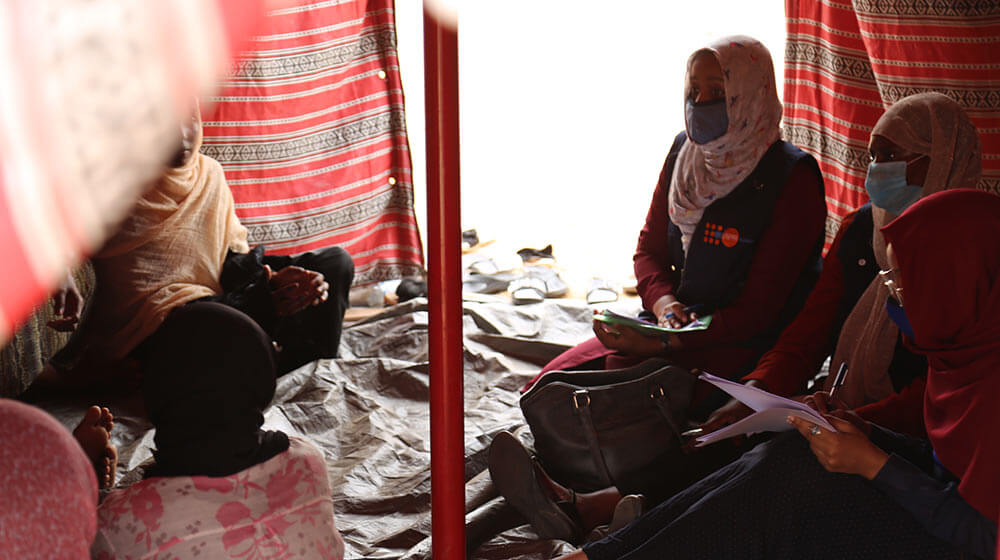
Gender-based violence has a proven, devastating effect on a women’s earnings — to the tune of $1.5 trillion annually. The cost of ending gender-based violence, according to UNFPA, is $42 billion, or only 2.8% of that $1.5 trillion. We should end gender-based violence because it is wrong to violate the rights and bodies of women, not because it makes sense in terms of pennies and dimes. But, if the cost of ending violence against women and girls is so low, why haven’t we done it?
Lacking the Will to Change
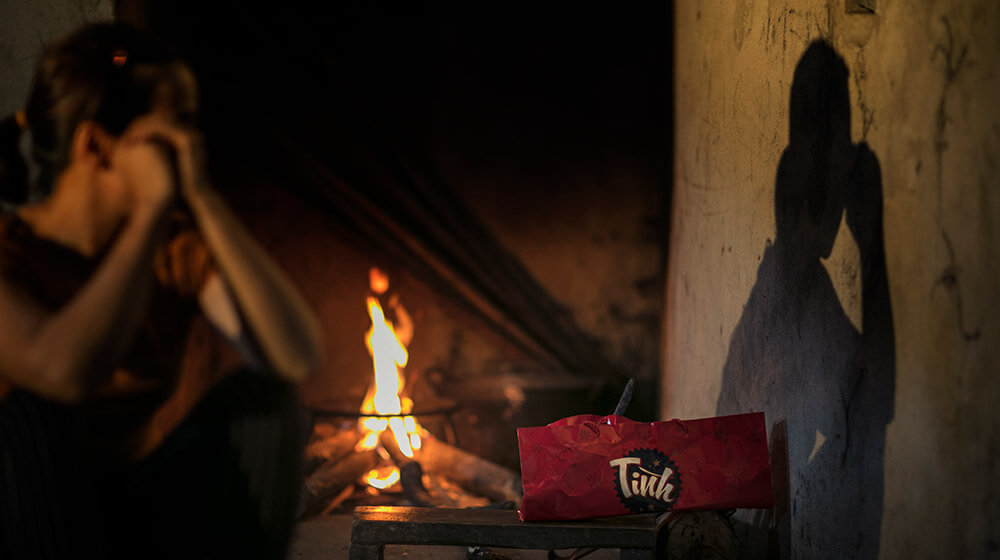
Why haven’t we made it so that women like Rep. Ocasio-Cortez can govern the country in times of crisis without also having to manage their own trauma? Why haven’t we made it possible for girls like Irene, who was only 16 when she was raped by a stranger and then forced to marry her rapist, to be safe? Why haven’t we stood up to the violence that so many women and girls live in fear of every day?
Gender-based violence is, of course, a complicated, widespread, and culturally-entrenched issue. But also, it seems that we lack the will to address it. The New Humanitarian reports that between 2016 and 2018, just 0.2% of total humanitarian funding went to ending gender-based violence. This comes out to $51.7 million, a far cry from the $42 billion needed to end the violence. UNFPA has made it part of their mission to end violence against women and girls by 2030. This works includes ending harmful practices like child marriage and female genital mutilation, too.
Until we can find it within ourselves to do the work to end gender-based violence, to support organizations making a change, and to listen to survivors, women and girls will be hurt. But it doesn’t have to be this way.
-Dana Kirkegaard